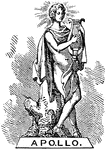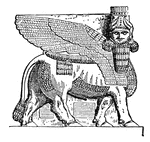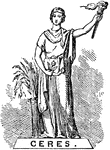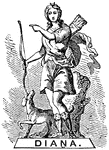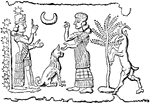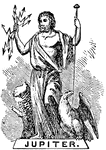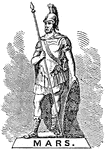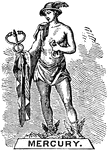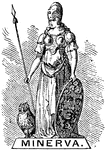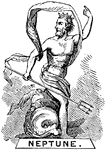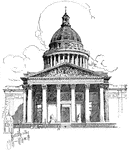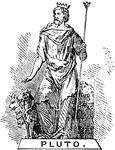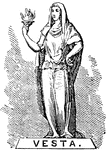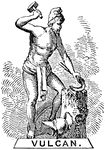Clipart tagged: ‘Gods’
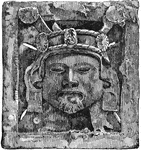
Quetzalcoatl
Stone image of the feathered-serpent deity of ancient Mesoamerica, a god of Mexican and Central America.

Silenus - Marble Sculpture
"In Greek mythology, a divinity of Asiatic origin, the foster-father of Bacchus, and leader of the satyrs,…
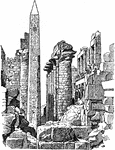
Temple of the Sun at Karnak
"A considerable part of the land -- perhaps one third -- belonged to temples, in order that the temple…
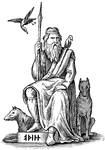
Woden or Odin, Germanic and Norse God, Seated with His Wolves and Crows
Illustration of the god called Woden in Germanic mythology and Odin in Norse mythology. Much like Zeus…

